Top 10 Deadliest Construction Projects In The World
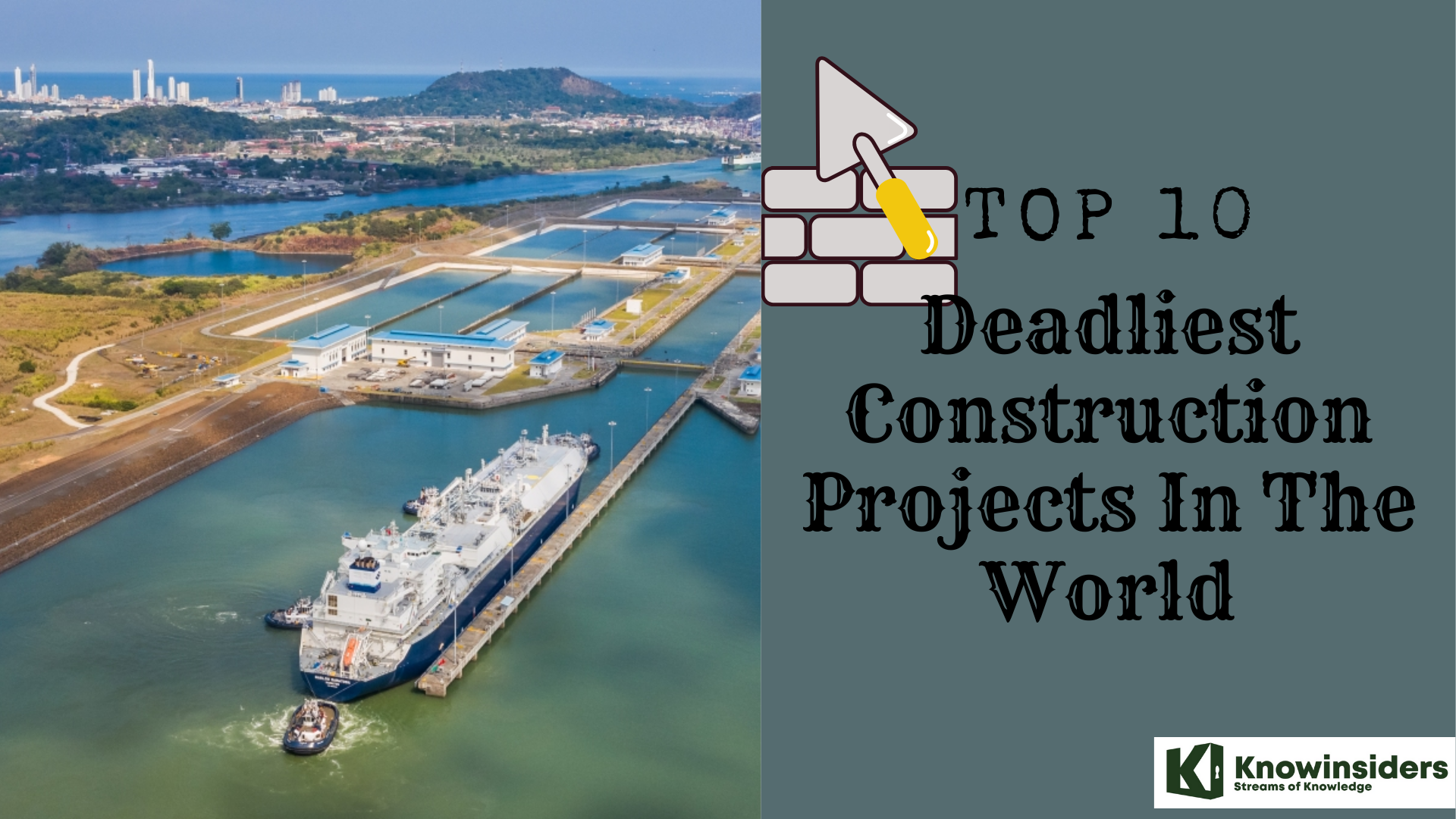 |
| Top 10 Deadliest Construction Projects In The World |
Safety is mandatory in the construction industry, and many countries have strict construction rules which contractors must follow. However, we still hear of numerous contractors ignoring these safety procedures. The construction industry is hazardous, and thousands of people have lost their lives in the past while erecting some of the magnificent structures we see today, due to the lack of safety procedures and ignorance. Some of the most deadly construction projects of all time are listed below, according to World Atlas.
The human cost of construction
Construction can be a risky business. Over the past 200 years, hundreds of thousands of people have lost their lives while working on construction projects, whether from accidents, equipment failure or unsafe working conditions. In recent years, deaths on major construction sites have decreased, as safety protocols, labor rights and equipment have improved.
A new interactive timeline by Southern California law firm DIMARCO | ARAUJO | MONTEVIDEO includes some of the world’s most significant architecture and infrastructure projects, including the Panama Canal (30,609 deaths), Hoover Dam (96 deaths), World Trade Center (60 deaths) and Brookyln Bridge (30 deaths). The timeline puts some of the deadliest projects in context, showing how major construction projects from the past 200 years compare in terms of lives lost. The timeline also breaks down each project’s death rate per thousand workers.
The timeline also includes some surprisingly non-lethal construction projects, from New York’s Chrysler Building, which had zero deaths among the 3,000 workers who completed it in 1930, to the Eiffel Tower, which had just one reported death during its construction in 1889. The Empire State Building and Chicago’s Sears Tower both reported just five deaths during their respective construction periods.
One of the most-deadly projects was the Suez Canal. Its construction led to the deaths of 120,000 of the hired and forced laborers who dug it out over a decade in the mid-1800s. With roughly 1.5 million people involved in the construction, that represents a rate of 80 deaths per 1,000 workers — a rate comparable to that for the construction of the Transcontinental Railroad in the U.S., which claimed 1,200 of its 15,000 workers. The most devastating project was the Panama Canal, which had more than 30,000 deaths, representing about 40 percent of its workforce.
The List of Top 10 Deadliest Construction Projects In The World
10. World Trade Center
9. Erie Canal
8. Brooklyn Bridge
7. Karakoram Highway
6. Suez Canal
5. Transcontinental Railroad
4. White Sea-Baltic Sea Canal
3. Hawk Nest Tunnel
2. Burma-Siam Railway
1. Panama Canal
***
What Are The Deadliest Construction Projects In The World?
10. World Trade Center - 60 deaths
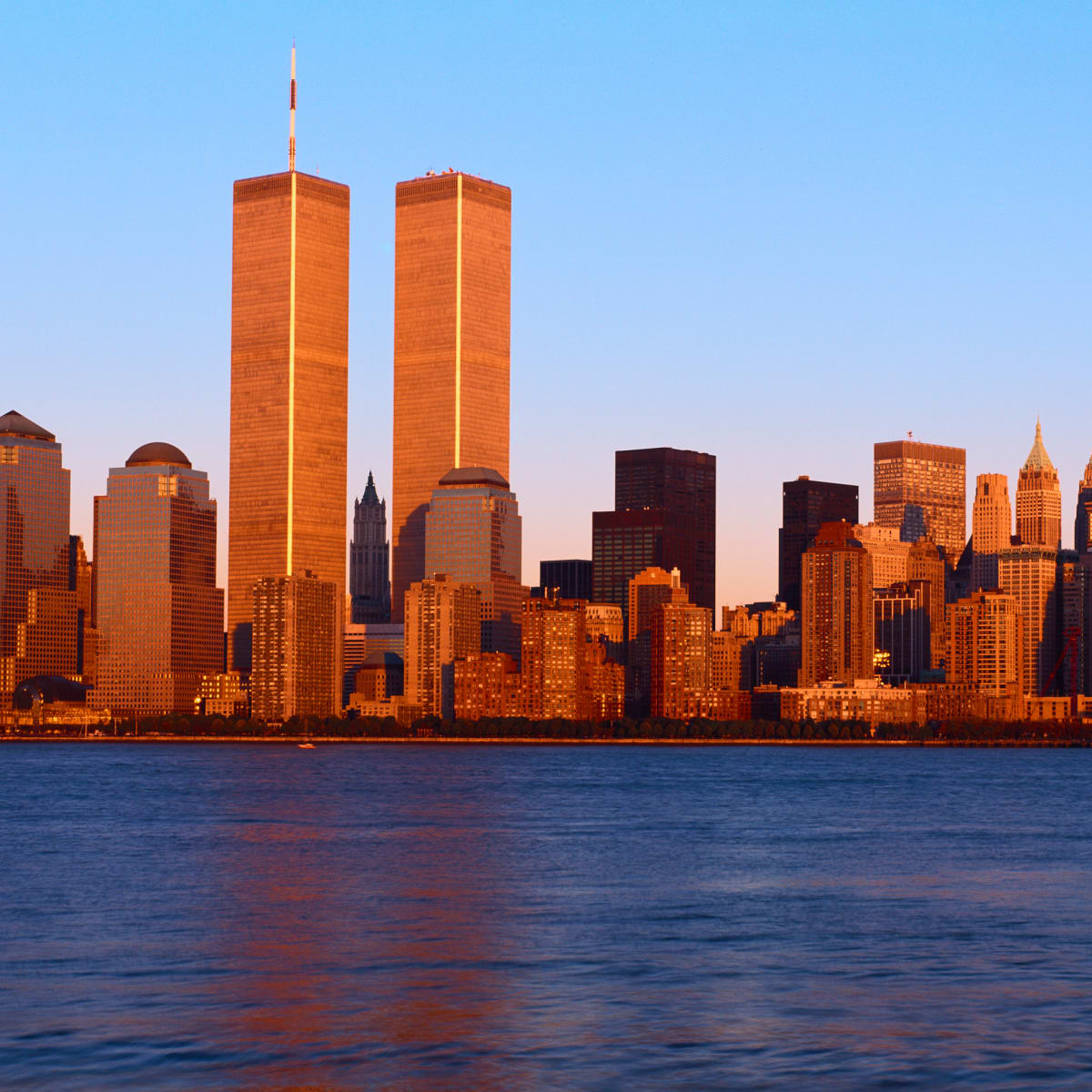 |
| History.com |
The original World Trade Center was a large complex of seven buildings in the Financial District of Lower Manhattan, New York City, United States. It opened on April 4, 1973, and was destroyed in 2001 during the September 11 attacks. At the time of their completion, the Twin Towers—the original 1 World Trade Center (the North Tower) at 1,368 feet (417 m); and 2 World Trade Center (the South Tower) at 1,362 feet (415.1 m)—were the tallest buildings in the world. Other buildings in the complex included the Marriott World Trade Center (3 WTC), 4 WTC, 5 WTC, 6 WTC, and 7 WTC. The complex contained 13,400,000 square feet (1,240,000 m2) of office space.
During its existence, the World Trade Center experienced several major incidents, including a fire on February 13, 1975; a bombing on February 26, 1993; and a bank robbery on January 14, 1998. On the morning of September 11, 2001, Al-Qaeda-affiliated hijackers flew two Boeing 767 jets into the Twin Towers within minutes of each other; less than two hours later, both towers collapsed. The attacks killed 2,606 people in and within the vicinity of the towers, as well as all 157 on board the two aircraft. Falling debris from the towers, combined with fires that the debris initiated in several surrounding buildings, led to the partial or complete collapse of all the WTC complex’s buildings and caused catastrophic damage to 10 other large structures in the surrounding area.
Built by a team of 3,500 workers at a time, the 110 floor towers ranked as the fifth and sixth tallest buildings in the world at the time of their destruction in 2001. Official records state that 60 people died from construction related accidents, which is a relatively high number considering how modern the towers were.
9. Erie Canal - 1,000 deaths
 |
| Photo: AP News |
The Erie Canal in New York is part of the east–west, cross-state route of the New York State Canal System (formerly known as the New York State Barge Canal). It was built to create a navigable water route from New York City and the Atlantic Ocean to the Great Lakes, originally stretching for 363 miles (584 km) from the Hudson River in Albany to Lake Erie in Buffalo. Completed in 1825, it was the second-longest canal in the world (after the Grand Canal in China) and greatly enhanced the development and economy of the cities of New York, including Albany, Syracuse, Rochester, Buffalo, and New York City, as well as the United States. This was in part due to the new ease of transport of salt and other goods, and industries that developed around those.
Called the 8th wonder of the world when it was completed in 1825, the Erie Canal connected Lake Erie to the Hudson River and was instrumental in opening the lands west of the Appalachian Mountains to settlers and trade. It took a total of 8 years and some 50,000 laborers working for 80 cents a day to complete the iconic 363 mile long passage. Of the 50,000 workers, 1,000 lost their lives, due to disease from the swampy terrain and careless use of gunpowder while blasting. Others drowned or were buried under tons of rubble from frequent canal collapses.
 Top 10 Deadliest Lakes On The Planet Top 10 Deadliest Lakes On The Planet There are some very dangerous bodies of water in the world. Some of them are popular tourist destinations, and others are sealed off by the ... |
8. Brooklyn Bridge – 30 deaths
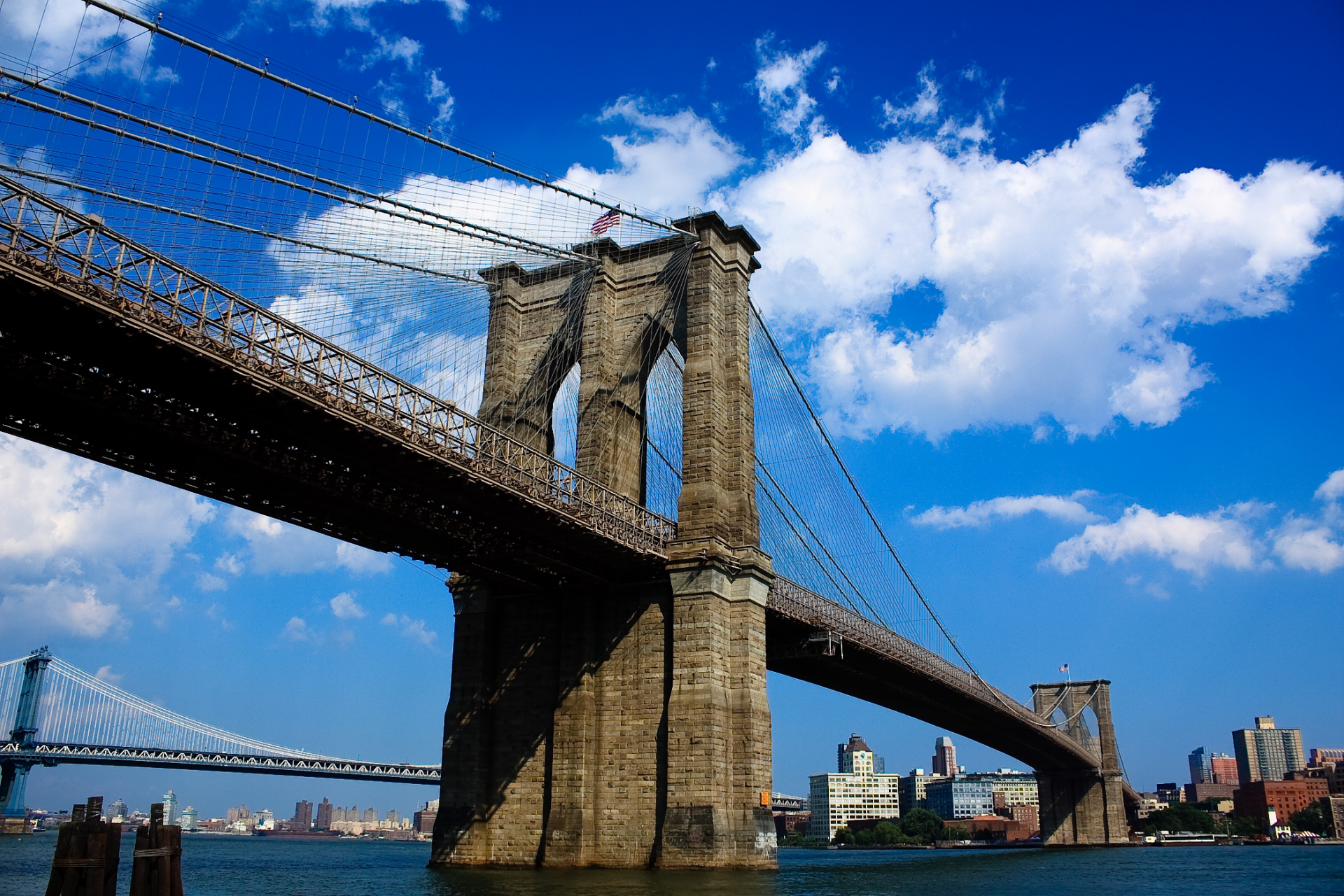 |
| Photo: Wikipedia |
The Brooklyn Bridge is a hybrid cable-stayed/suspension bridge in New York City, spanning the East River between the boroughs of Manhattan and Brooklyn. Opened on May 24, 1883, the Brooklyn Bridge was the first fixed crossing of the East River. It was also the longest suspension bridge in the world at the time of its opening, with a main span of 1,595.5 feet (486.3 m) and a deck 127 ft (38.7 m) above mean high water. The span was originally called the New York and Brooklyn Bridge or the East River Bridge but was officially renamed the Brooklyn Bridge in 1915.
Linking Manhattan and Brooklyn since its completion in 1883, the Brooklyn Bridge is one of the most iconic structures found in the United States. Surprisingly, the over a mile long bridge only employed 600 workers who worked for $2 a day for about 13 years until its completion. Of these 600 laborers there were 30 fatalities, including the designer of the bridge, John A. Roebling, who had his foot crushed while taking compass readings and died a few weeks later of tetanus. The remaining casualties came from falls, falling debris, and cases of caisson disease, known as “the bends.” Even though the bridge is over 130 years old, today it still carries around 150,000 cars and pedestrians each day.
7. Karakoram Highway – 1,300 deaths
 |
| Photo: shutterstock |
The Karakoram Highway or the China-Pakistan Friendship Highway) is a 1,300 km (810 mi) national highway which extends from Hasan Abdal in the Punjab province of Pakistan to the Khunjerab Pass in Gilgit-Baltistan, where it crosses into China and becomes China National Highway 314. The highway connects the Pakistani provinces of Punjab and Khyber Pakhtunkhwa plus Gilgit-Baltistan with China's Xinjiang Uyghur Autonomous Region. The highway is a popular tourist attraction and is one of the highest paved roads in the world, passing through the Karakoram mountain range, at 36°51′00″N 75°25′40″E at maximum elevation of 4,714 m (15,466 ft) near Khunjerab Pass. Due to its high elevation and the difficult conditions in which it was constructed, it is often referred to as the Eighth Wonder of the World. The highway is also a part of the Asian Highway AH4.
The Karakoram highway is the 808-mile long highway that extends from Khujerab-Pass to Punjab. It connects Gilgit-Baltistan, Khyber Pakhtunkhwa provinces in Pakistan with Xinjiang Uyghur in China. It is one of the highest highways on earth and passes the 15,466 foot high Karakoram Mountain. The road was built between 1959 and 1978. The death rate of the Karakoram Highway was 54.17 per 1,000 employees. The majority of workers died due to falls and landslides. Over 200 Chinese and 810 Pakistani employees lost their lives while building the highway.
6. Suez Canal – 120,000 deaths
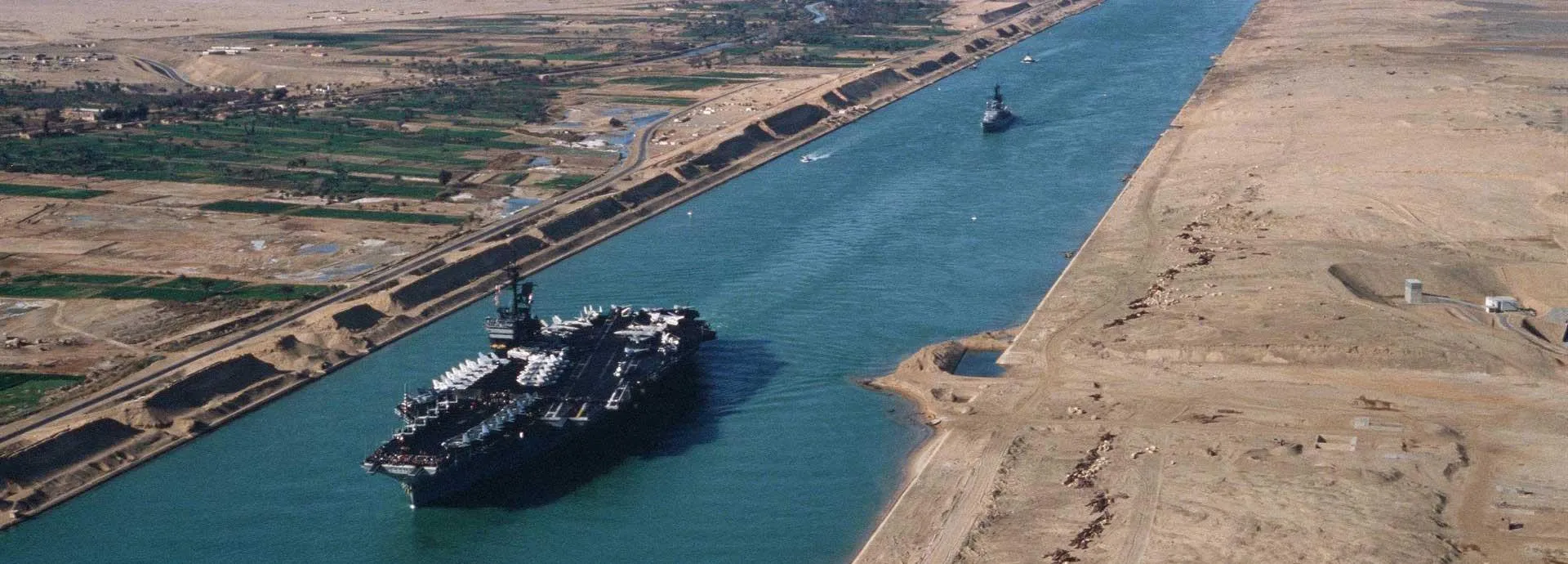 |
| Wärtsilä |
The Suez Canal is an artificial sea-level waterway in Egypt, connecting the Mediterranean Sea to the Red Sea through the Isthmus of Suez and dividing Africa and Asia. The canal is part of the Silk Road that connects Europe with Asia.
In 1858, Ferdinand de Lesseps formed the Suez Canal Company for the express purpose of building the canal. Construction of the canal lasted from 1859 to 1869. The canal officially opened on 17 November 1869. It offers vessels a direct route between the North Atlantic and northern Indian oceans via the Mediterranean Sea and the Red Sea, avoiding the South Atlantic and southern Indian oceans and reducing the journey distance from the Arabian Sea to London by approximately 8,900 kilometres (5,500 mi), or 10 days at 20 knots (37 km/h; 23 mph) to 8 days at 24 knots (44 km/h; 28 mph). The canal extends from the northern terminus of Port Said to the southern terminus of Port Tewfik at the city of Suez. Its length is 193.30 km (120.11 mi) including its northern and southern access-channels. In 2020, more than 18,500 vessels traversed the canal (an average of 51.5 per day).
Completed in 1869, the Suez Canal connected the Mediterranean and Red Seas allowing for water transport between Europe and Asia without having to circumvent Africa. The 101 mile long passage employed an impressive 1.5 million both forced and hired laborers from various countries, mainly Egypt, with as many as 120,000 dying during the 11 year excavation process. Today more than half of the inter-continental shipping of the entire world passes through this canal.
5. Transcontinental Railroad – 1,200 deaths
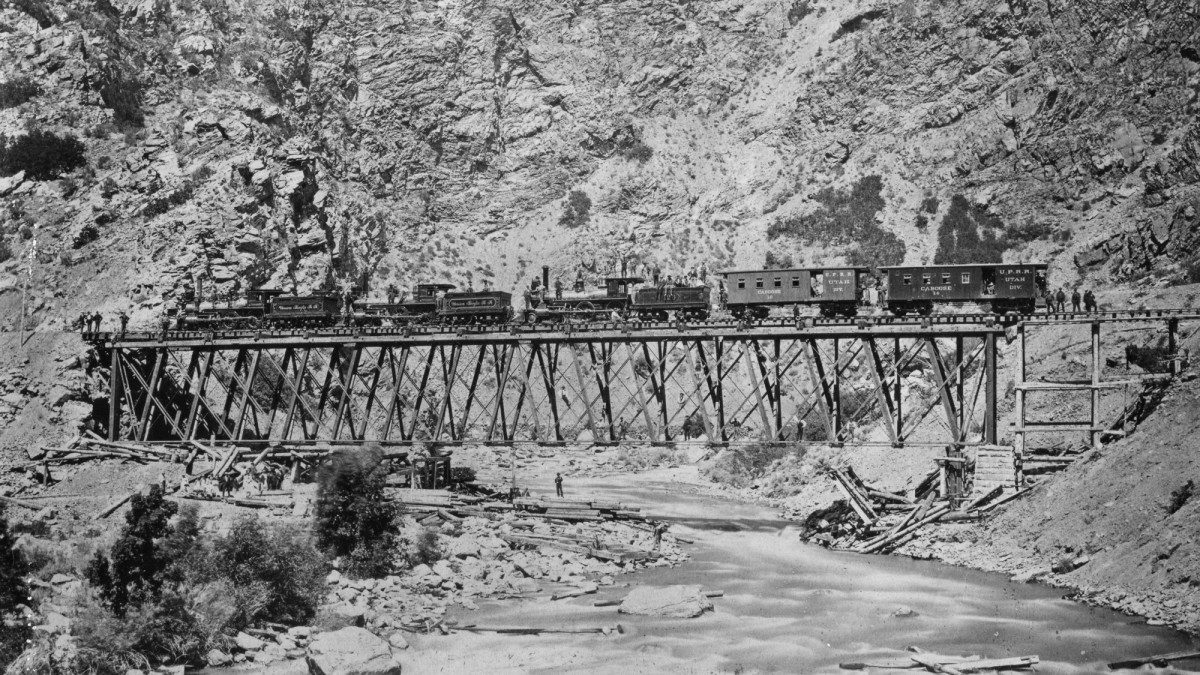 |
| Photo: Getty Images |
North America's first transcontinental railroad (known originally as the "Pacific Railroad" and later as the "Overland Route") was a 1,911-mile (3,075 km) continuous railroad line constructed between 1863 and 1869 that connected the existing eastern U.S. rail network at Council Bluffs, Iowa with the Pacific coast at the Oakland Long Wharf on San Francisco Bay. The rail line was built by three private companies over public lands provided by extensive US land grants. Construction was financed by both state and US government subsidy bonds as well as by company issued mortgage bonds. The Western Pacific Railroad Company built 132 mi (212 km) of track from the road's western terminus at Alameda/Oakland to Sacramento, California. The Central Pacific Railroad Company of California (CPRR) constructed 690 mi (1,110 km) east wm Sacramento to Promontory Summit, Utah Territory. The Union Pacific Railroad (UPRR) built 1,085 mi (1,746 km) from the road's eastern terminus at the Missouri River settlements of Council Bluffs and Omaha, Nebraska westward to Promontory Summit.
15,000 worked on this project which was started in 1863. White men were paid $35.00 a month plus room and board. Chinese were paid $25.00 a month, but paid for their own supplies. However the number of 1,200 was never verified. One newspaper article entitled “Bones in Transit” of June 30, 1870 in the Sacramento Reporter reported that “about 20,000 pounds of bones” dug up from shallow graves were taken by train for return to China, calculating that this amounted to 1,200 Chinese. Another article published on the same day in the Sacramento Union stated that only the bones of about 50 Chinese were on the train. Others believe that some Chinese must have also died in a smallpox outbreak among railroad workers, although there are no records if any of the dead were Chinese. In addition, there were reports of Chinese workers being killed in Nevada as the result of Indian raids.
 Top 10 Deadliest Pandemics In The World Of All Time Top 10 Deadliest Pandemics In The World Of All Time Check out the top 10 World's Deadliest Epidemics or Pandemics In History |
4. White Sea-Baltic Sea Canal – 12,000 deaths
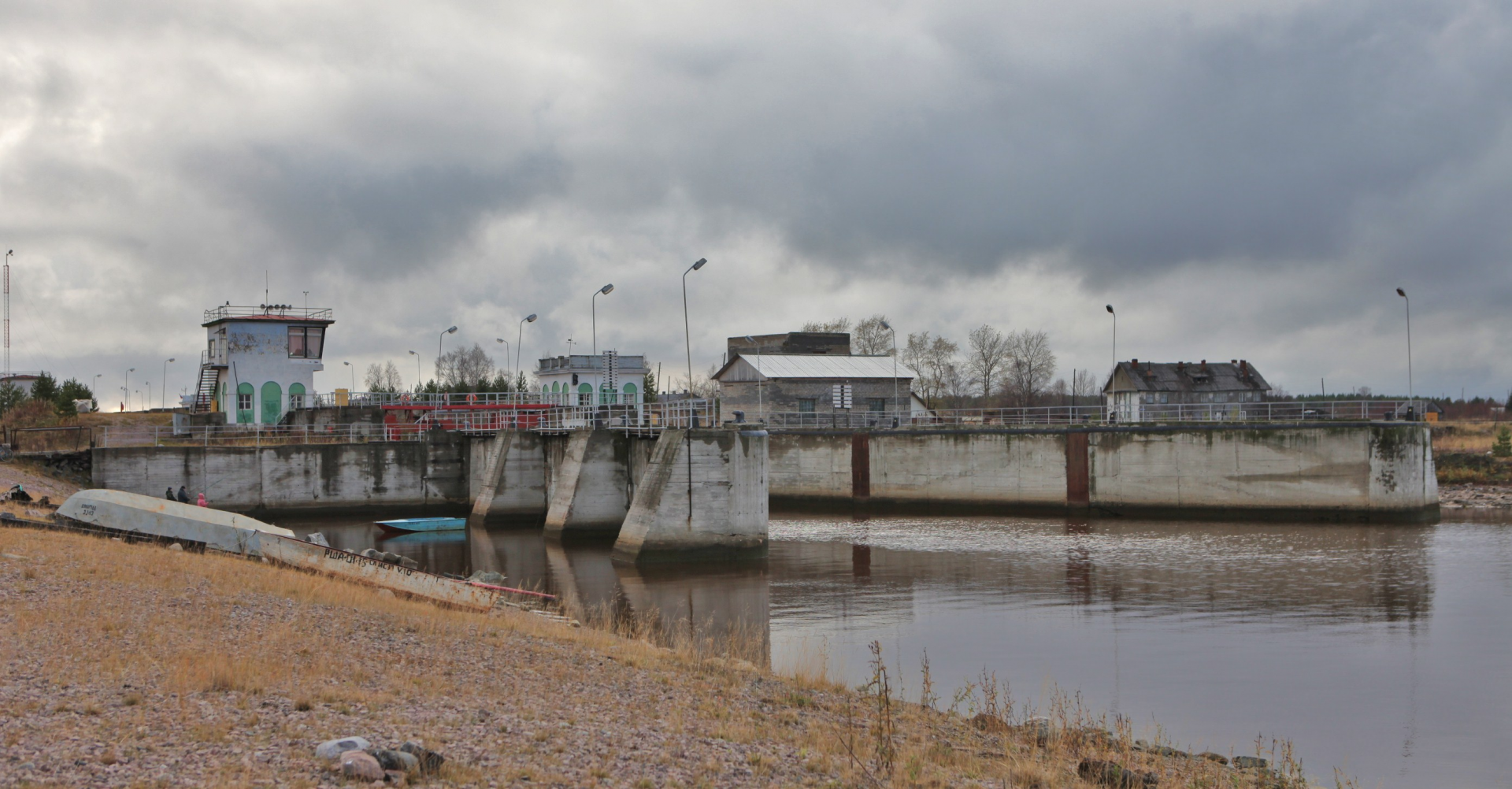 |
| Wikimedia Commons |
The White Sea–Baltic Canal (Russian: Беломо́рско-Балти́йский кана́л, Byelomorsko-Baltiyskiy kanal, BBK), often abbreviated to White Sea Canal (Belomorkanal) is a ship canal in Russia opened on Wednesday 2 August 1933. It connects the White Sea, in the Arctic Ocean, with Lake Onega, which is further connected to the Baltic Sea. Until 1961, its original name was the Stalin White Sea–Baltic Canal (Belomorsko-Baltiyskiy Kanal imeni Stalina).
The canal was constructed by forced labor of gulag inmates. Beginning and ending with a labor force of 126,000, between 12,000 and 25,000 laborers died according to official records, while Anne Applebaum's estimate is 25,000 deaths, and accounts of up to 250,000 deaths in the works of Aleksandr Solzhenitsyn.
3. Hawk Nest Tunnel – 764 deaths
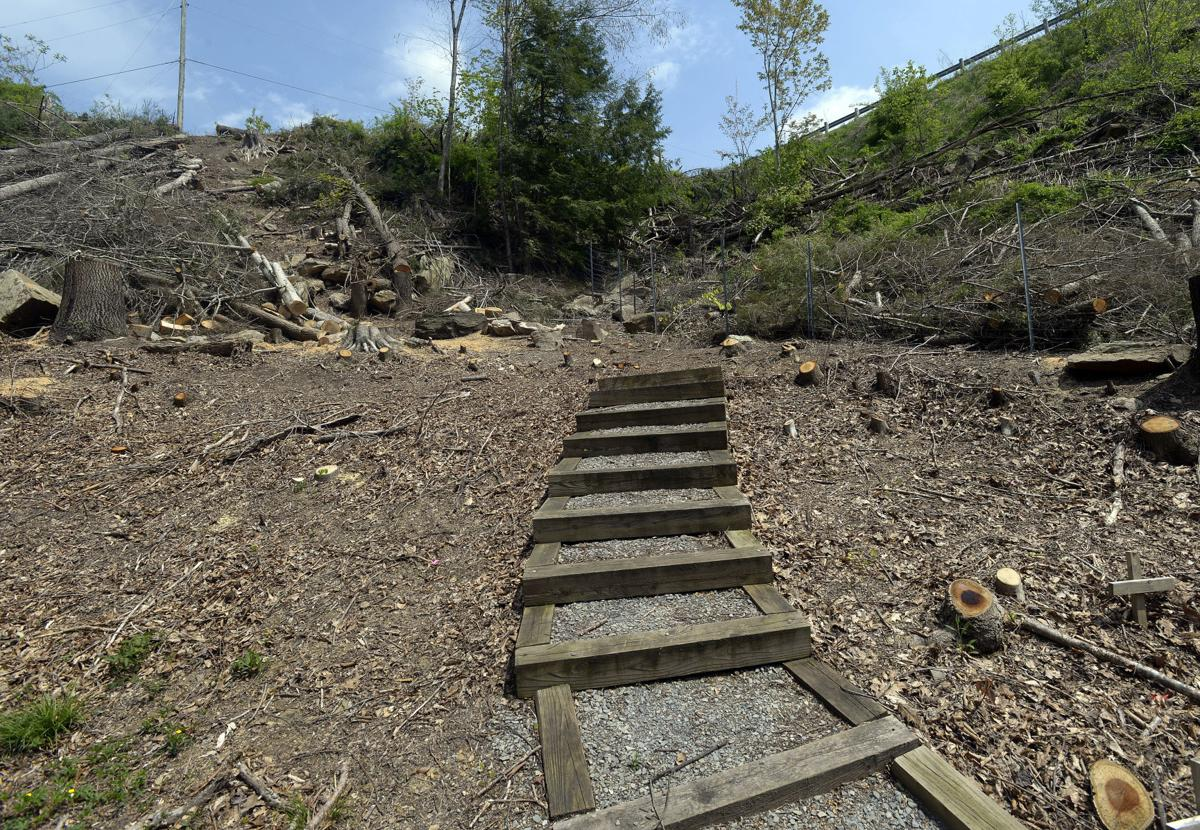 |
| Photo: Charleston Gazette |
The Hawks Nest Tunnel disaster was a large-scale incident of occupational silicosis as the result of the construction of the Hawks Nest Tunnel near Gauley Bridge, West Virginia, as part of a hydroelectric project. This project is considered to be one of the worst industrial disasters in American history.
The construction of a three mile long tunnel through Gauley Mountain in West Virginia in 1931 is known as one of the worst industrial disasters in United States history because of the certainty of death. It’s difficult to pinpoint the exact number of fatalities from the 5000 person workforce because many died from silicosis, an incurable lung disease that can take a few years to become fatal. For example, it’s estimated that at least 764 of the 1213 men who worked underground for a mere 2 months died within five years of the tunnel’s completion, but other estimates raise this figure to over 2000. Thus, many of these laborers, who were only working for 25 cents a day, would almost certainly pay with their life by staying underground for even relatively short periods of time.
2. Burma-Siam Railway – 106,000 deaths
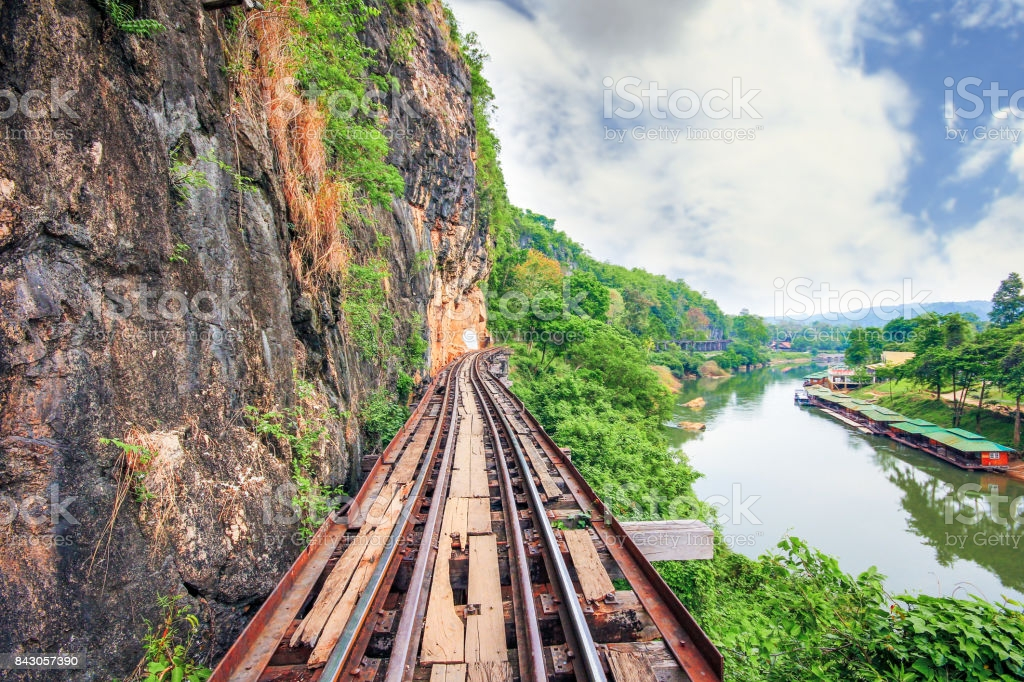 |
| Photo: iStock |
The Burma Railway, also known as the Death Railway, the Siam–Burma Railway, the Thai–Burma Railway and similar names, is a 415 km (258 mi) railway between Ban Pong, Thailand and Thanbyuzayat, Burma, built by prisoners of war of the Japanese from 1940–1944 to supply troops and weapons in the Burma campaign of World War II. This railway completed the rail link between Bangkok, Thailand and Rangoon, Burma. The name used by the Japanese Government is Tai–Men Rensetsu Tetsudō (泰緬連接鉄道), which means Thailand-Burma-Link-Railway.
The Burma-Siam railway, also known as the Burma railway or even the Death Railway, is the 258-mile long railway that connects Thanbyuzayat, Burma to Ban Pong, Thailand. The Empire of Japan built the railway to support their troops in the Burma campaign of the Second World War in 1943. Over 61,000 prisoners and 250,000 laborers were forced to make the railway. The entire project resulted in the death of about 12,000 prisoners and 90,000 laborers. The majority of these people died due to starvation and the officers’ brutality while lions killed others.
1. Panama Canal – 30,609 deaths
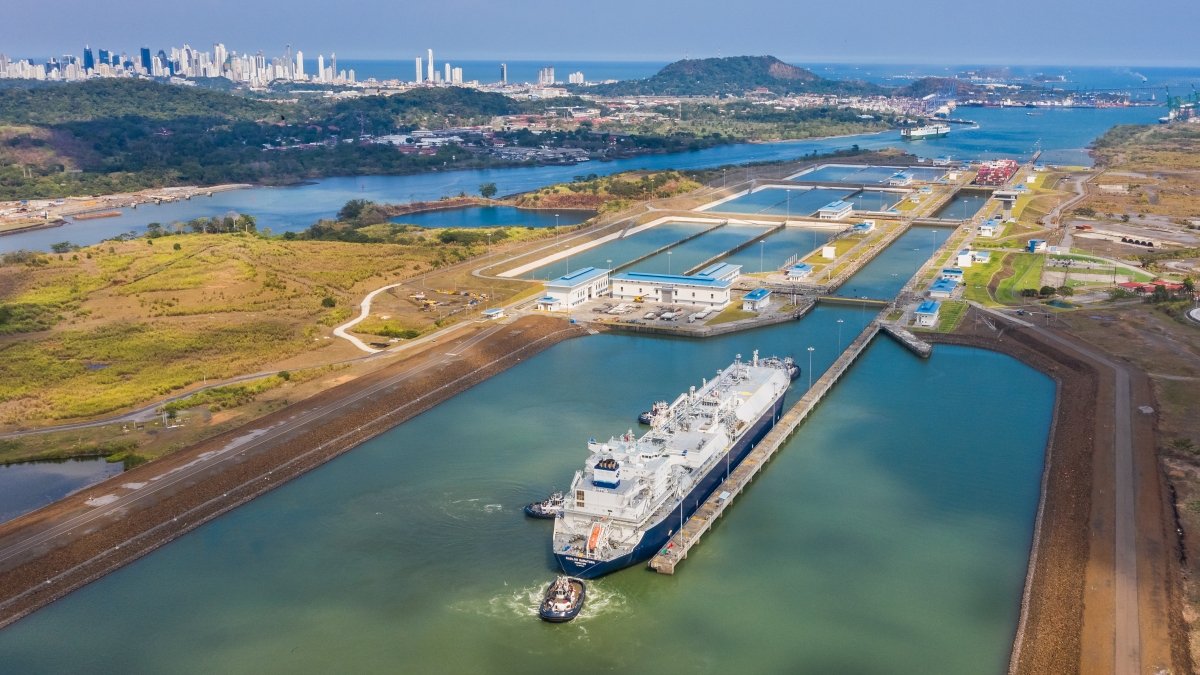 |
| Photo: The Logistician |
The Panama Canal (Spanish: Canal de Panamá) is an artificial 82 km (51 mi) waterway in Panama that connects the Atlantic Ocean with the Pacific Ocean and divides North and South America. The canal cuts across the Isthmus of Panama and is a conduit for maritime trade. One of the largest and most difficult engineering projects ever undertaken, the Panama Canal shortcut greatly reduces the time for ships to travel between the Atlantic and Pacific oceans, enabling them to avoid the lengthy, hazardous Cape Horn route around the southernmost tip of South America via the Drake Passage or Strait of Magellan and the even less popular route through the Arctic Archipelago and the Bering Strait.
Connecting the Pacific and Atlantic Oceans for maritime trade, the Panama Canal is one of the most notable engineering achievements of the modern world and also one of the most deadly. Managed by a number of different countries over its 32 year construction period, the 48 mile canal took about 75,000 laborers of various origins to complete. However, the region was dubbed the “Fever Coast,” with instances of everything from small pox and typhoid to yellow fever, causing an astounding 30,609 workers to die and hospitalizing thousands more. Coupled with poor working conditions, malnutrition, and frequent accidents, workers would watch as their fallen comrades were shipped away in droves by coffin every evening.
 Top 10 Deadliest Lakes On The Planet Top 10 Deadliest Lakes On The Planet There are some very dangerous bodies of water in the world. Some of them are popular tourist destinations, and others are sealed off by the ... |
 Top 10 Deadliest Pandemics In The World Of All Time Top 10 Deadliest Pandemics In The World Of All Time Check out the top 10 World's Deadliest Epidemics or Pandemics In History |
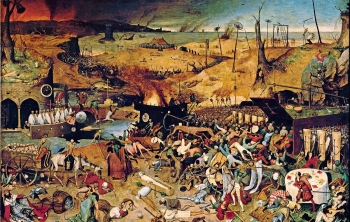 Black Death - World's Deadliest Pandemic in Human History Black Death - World's Deadliest Pandemic in Human History The Black Death of October 1347 to c1352 was one of the worst pandemics in recorded history as well as the very first one existed ... |


























